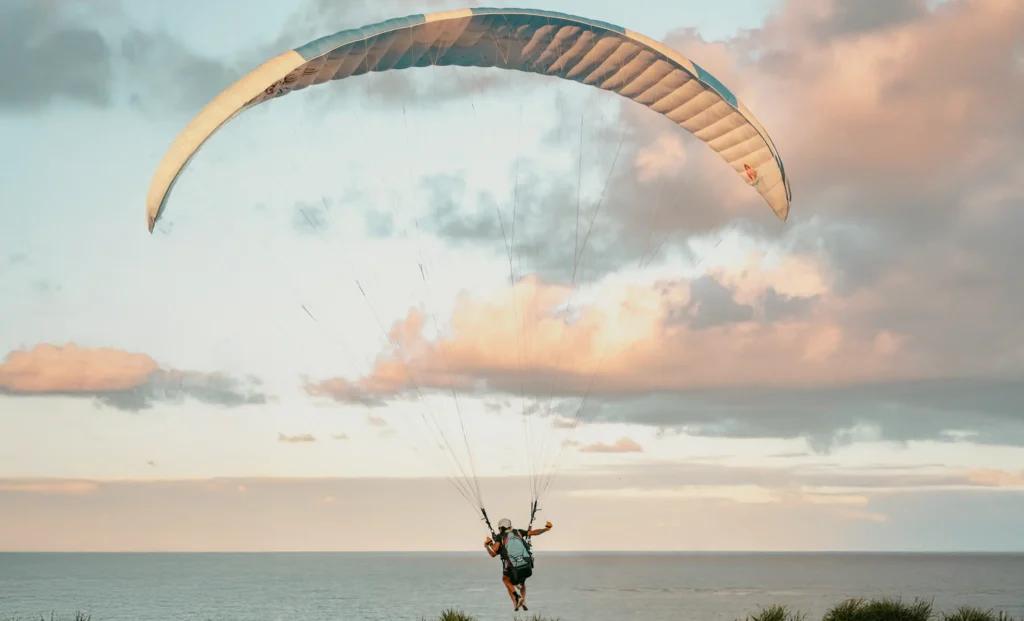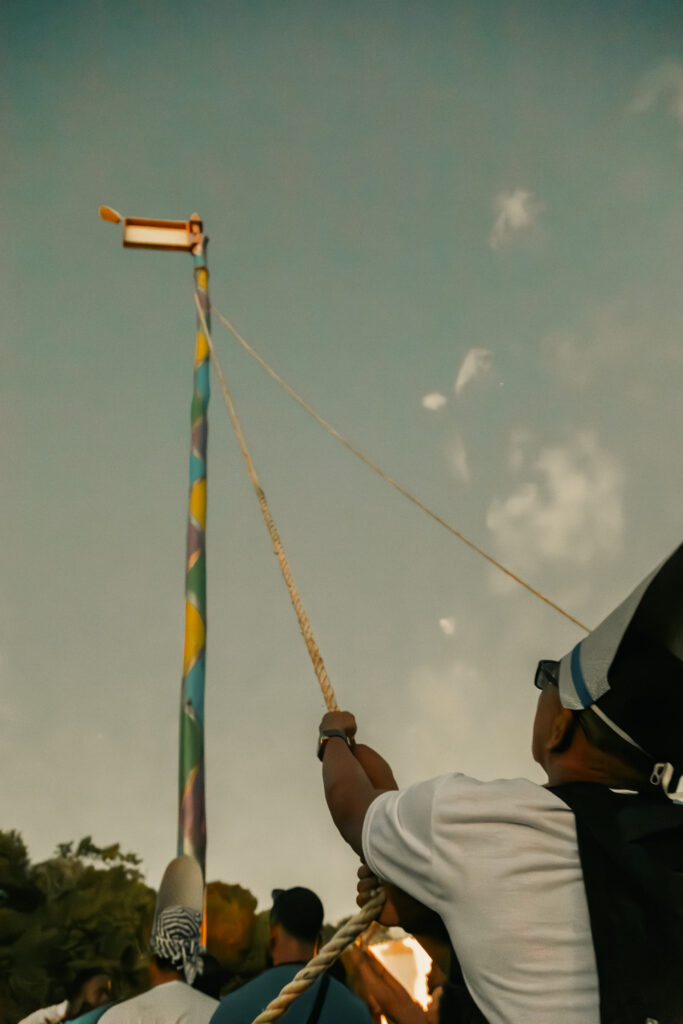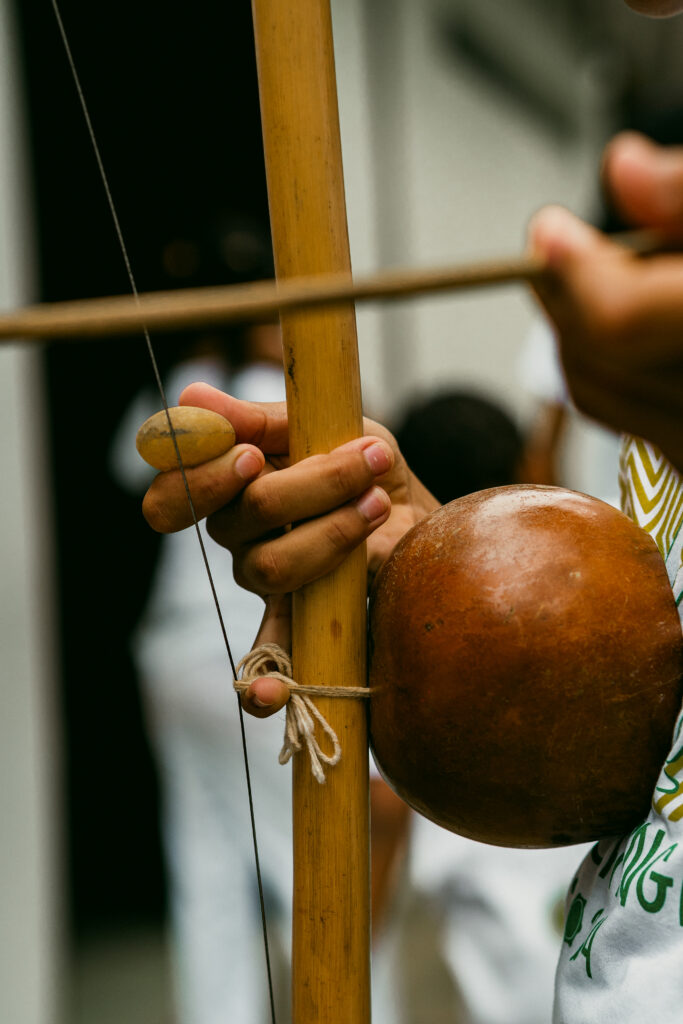
Satu beach is one of those beaches where nature has been generous not only in its beauty – because it is one of the most wonderful on the south coast of Bahia, I have to say – but also in accommodating our “contemporary” needs. There’s no need for a parasol there, as the local vegetation already provides shelter from the strong sun; there’s no need for a shower to wash the sea salt off your body because the beach has three freshwater lagoons (which are actually streams); and there’s also the white, red and purple clay from the cliffs which guarantees a full body treatment and leaves your skin smooth and super soft.
And we haven’t even mentioned the landscape yet. As is usual with beaches with natural pools, it is at the peak of low tide that you get the best of Satu. Because of the difficult access to this beautiful beach between Espelho and – three kilometers from – Caraíva, it is essential to plan your visit based on the weather conditions.
As the tides are always changing – the high tide here can be rough, preventing you from passing through some stretches – and they depend on various factors such as the phases of the moon, the Porto Seguro/Caraíva tide table and the weather forecast will be your friends when it comes to planning not only the time you go, but also your day and the time you leave, depending on whether you’re going on foot, by car or by boat.
What to do on Satu beach? Between clay, cliffs, natural pools, lagoons, huts and beach clubs.
As you walk along the 2.5-kilometer stretch of Satu, you will be enchanted by the pandanus forest, a vegetation with external roots and leafy tops, which marks the beginning of the beach, in front of the natural pools that form at low tide, and the beautiful and photogenic tree trunks uprooted by the violent tides, which are still alive or reborn, even if they have fallen onto the sand.
The coral formations range from volcanic gray to incredible shades of pink and, together with the green moss that covers some of them, provide a beautiful contrast not only with the waters (depending on the sunlight, in various shades of blue) but also with the white and black sands and their many designs. There are stretches of beach where this black sand formed by organic compounds from the vegetation that also sets the tone for the dark waters of the lagoons completely overlaps the traditional sand. And you only have to dig a little to discover the light sand underneath.
Although Satu is well known and frequented, it is located on private property (a giant farm with 40,000 coconut trees), but still preserves unspoiled natural beauty and an almost deserted beach. In addition to the beauty, you’ll also find four or five stalls. Depending on the day of the week, you may only find two open.
There you’ll find the Satu Beach Club, with lounges on the sand, live music and beer and whisky sponsorship, and the good food at Mangaba Satu, where you can’t miss the delicacies prepared by chef Eva, such as the crab coxinha-without-mass and the vegan moqueca with sweet potato, plantain, zucchini and carrot served with pirão, rice and farofa.

There are three “lagoons” along the 2.5 kilometers of Satu beach. People usually only go to the first lagoon and come back. Don’t do that. Since you’ve come this far, go to the end of the beach. Because the second lagoon is wider – and emptier – than the first; and the third lagoon, almost at the tip of Juacema, is the most scenic of all, with coconut trees and beautiful landscaping.
And for skincare enthusiasts, there’s a clay sign next to Dedé’s hut – here it’s dry, so you have to soak it in the lake water to dissolve it and apply it to your body – but if you walk to the end of the beach, at the deserted tip of Juacema, there’s a little pool of water and lots of clay ready to apply all over your body. And the best thing: you can enjoy it all without any clothes on, just the way you came into the world.
How to get to Praia do Satu (and how to leave): on foot for everyone, by car for a few or by boat.

There are three ways to get to Satu beach. You can walk along the shore for three kilometers, starting in Caraíva, but only after crossing the river by boat, using the service of the region’s traditional canoeists, who charge R$8.00 per person. The canoeists’ point is at Praia da Barra. Calculate an hour for the journey and don’t forget to wear shoes (for unaccustomed feet, walking barefoot for an hour on the hot sand can cause the skin under your foot to peel off; and it hurts a lot: words from those who have experienced it).
It’s extremely important that you leave Caraíva as soon as the tide is out, one or two hours before the low tide peak – that’s why it’s essential to consult the tide table – so you can avoid crossing rocks or walking through soft sand, which will tire you out more. You can also take advantage of the natural pools at Satu when the tide is at its lowest when you get there.
The problem with coming on foot is that after walking from Caraíva to here, spending the day in the sea and the lagoon, eating and drinking, you may feel too lazy to walk back. Or, if the tide is high, you might not even make it back along the shore. That’s why, once again, you need to know the tide times for the day.
What you can do is ask the people in the tents if they can get a car to take you back to Caraíva. Many of them drive their own cars and charge R$50 per person to drop you off at the river crossing.
By car, from Trancoso to Satu or from Caraíva to Satu.

Coming to Satu from Porto Seguro or Trancoso, you’ll take the Caraíva dirt road and take the entrance on the left when you see a green tire hanging on the fence. A road of soft sand will take you to the gate of a private property, Fazenda Caraíva. That’s why, to get to Satu beach in the comfort of your own car, you need to plan ahead. To get through the gate, you’ll need a reservation at one of the beach huts – Coral do Mar or Satu Beach Club – or at the Mangaba Satu inn and hut, via WhatsApp 73 99921-1988. As each establishment can have up to three cars parked simultaneously, you must guarantee your reservation.

Coming from Caraíva to Satu, after crossing the river and picking up the car, you’ll drive through the little town of Nova Caraíva, taking the road to Trancoso. When the town ends, there will be a Barateiro supermarket and a gas station (made of wood, with only one pump). After the gas station, there will be a first entrance on the right (very perpendicular, and where there is a house with a fence and a gate). This is not it. You’ll take the second entrance on the right, one kilometer after the gas station, which is a curvy road of soft sand.
Once through the gate, you’ll drive through a beautiful coconut farm – there’s only one fork and you’ll take the road to the left – until you reach a dirt airstrip on the edge of the cliff. Just be sure to go to one of the ends of the runway (on the right) which offers a beautiful panoramic view of the beach and the sea.
By cab
With reservations made, it is also possible to go by cab. After crossing the Caraíva River, the journey costs R$150 and they can drop you off at the edge of the cliff inside the farm to access the stairs down to the beach and the huts. But it’s a good idea to check beforehand, as the rules can change from one hour to the next…
By boat
If you’re anywhere on the south coast of Bahia, you can hire a boat to take you there, wait for you and take you back. Just be aware that it can be an adventure to get on the boat if the tide is high and the waves are rough. In Caraíva, by the river, there is a hut where you can find the boats that can take you not only to Prainha and Corumbau but also to Satu. The price to go to and from Satu beach by boat is R$100 per person.
Nampur and Simonde show you the best of southern Bahia. Follow our Magazine so you don’t miss a single piece of content.
The content of this article is an adaptation of the original article published on simonde.com.br











